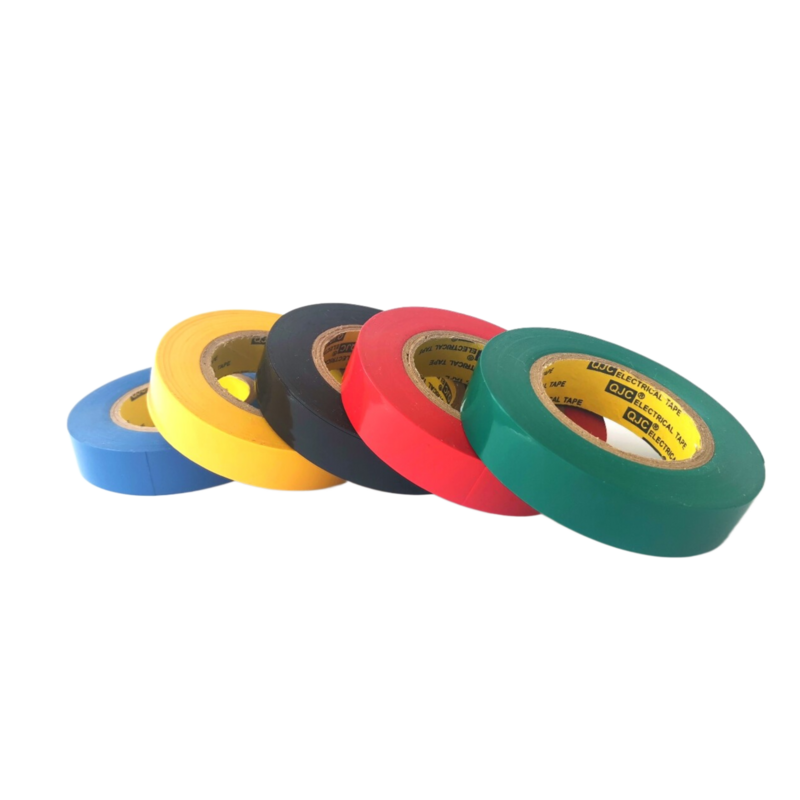Neoprene Pipe Insulation Wrap A Comprehensive Guide
In an era where energy efficiency and environmental sustainability are more critical than ever, neoprene pipe insulation wrap has emerged as a popular solution for various piping applications
. This material is prized not only for its insulation capabilities but also for its resilience and versatility.Neoprene, a synthetic rubber developed in the 1930s, boasts an array of beneficial properties that make it ideal for pipe insulation. First and foremost, it has excellent thermal resistance. This means that neoprene insulation wrap can significantly reduce heat loss from hot pipes, thereby maintaining optimal temperatures and improving energy efficiency. In cold environments, it also helps prevent pipes from freezing, which can lead to bursting and costly repairs. By regulating temperatures, neoprene wrap offers a protective barrier, ensuring that heating systems work efficiently and reducing energy bills.
The waterproof nature of neoprene is another key advantage. Unlike other insulation materials, neoprene does not absorb water, which helps to prevent corrosion in metal pipes. This longevity is crucial in maintaining the integrity of plumbing systems, especially in areas subject to moisture and humidity. Furthermore, neoprene is resistant to various chemicals, including oils and fuels, making it suitable for industrial applications where exposure to corrosive substances is common.
neoprene pipe insulation wrap

One of the distinct features of neoprene pipe insulation wrap is its flexibility. This adaptability makes it simple to install, allowing for wrapping around pipes of various sizes and shapes. Whether dealing with straight runs or more complex piping structures, neoprene wraps can conform to the contours of the pipes, ensuring a snug fit. For businesses and homeowners alike, this ease of installation can lead to significant time and labor savings during both initial installation and maintenance.
In addition to its practical benefits, neoprene wrap can also contribute aesthetically in certain applications. Available in various colors and thicknesses, it can enhance the visual appeal of visible plumbing while providing the necessary insulation. This can be an important consideration in residential and commercial settings where exposed pipes are common.
However, like all materials, neoprene does have its limitations. While it provides excellent thermal insulation, it is crucial to ensure that it is applied correctly to avoid gaps that could lead to inefficiencies. Furthermore, neoprene may not be the most cost-effective option for every situation. It's essential to weigh the benefits of neoprene against other insulating materials, such as fiberglass or foam, depending on the specific application and budget.
In conclusion, neoprene pipe insulation wrap is a highly effective solution for reducing heat loss, preventing freeze damage, and prolonging the lifespan of piping systems. Its ease of installation, waterproof properties, and chemical resistance make it an attractive option for both residential and commercial applications. As the focus on energy efficiency and sustainability continues to grow, neoprene wrap stands out as a key player in the field of insulation materials. By choosing the right insulation for your pipes, you can ensure energy savings while contributing to a more sustainable future.
-
XIANGFAN Rubber Tape-Ultimate Solutions for All Your Insulation NeedsNewsJun.24,2025
-
XIANGFAN Rubber Tape-Protection for Industrial and Residential ApplicationsNewsJun.24,2025
-
XIANGFAN Rubber Tape: Superior Safety and Sealing for Demanding EnvironmentsNewsJun.24,2025
-
XIANGFAN Rubber Tape: Reliable Solutions for Every Electrical ChallengeNewsJun.24,2025
-
XIANGFAN Electrical & Industrial Tape: Powering Reliability Across IndustriesNewsJun.24,2025
-
XIANGFAN Electrical & Industrial Tape: Excellence in Every ApplicationNewsJun.24,2025
